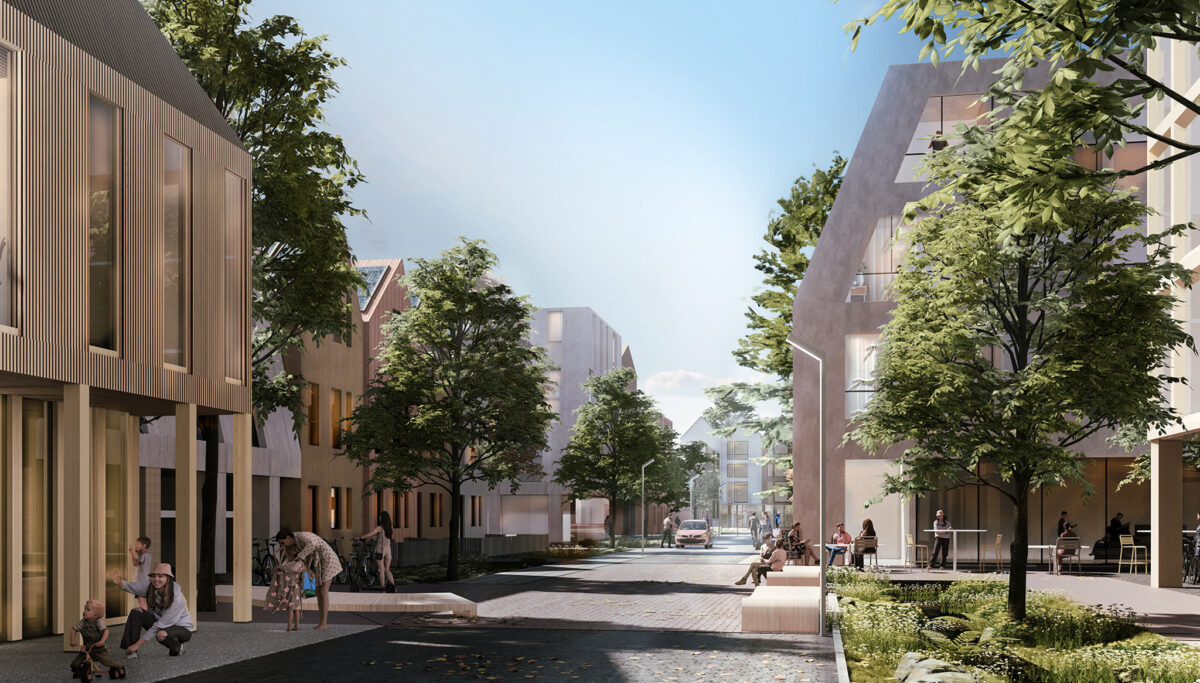Location: Tampere
Type: kaupunkisuunnittelu, maankäytön suunnittelu
Year: 2022
Team: maisemasuunnittelu Nomaji maisema-arkkitehdit, arkkitehtisuunnittelu työyhteenliittymä LSV-Jolma, liikennesuunnittelu Ramboll Oy
The current identity of the Tesoma area, located west of the center of Tampere, consists of very different distinctive areas, the most significant of which can be considered the construction by the forest typical to 1970s. With the completion of the urban structure, the development of the local train stop’s environment become topical. In the vision, the area around the commuter train stop is developed so that it forms a distinctive hub, enlivening and connecting the entire Tesoma area.
The strength of Tesoma in the future is a diverse, emerging, strong identity that supports a socially sustainable lifestyle. The recreational forests around Tesomajärvi, around Tohloppijärvi and the forest areas of Teerivuorenpuisto and Killerinpuisto create the backbone of the green structure, the preservation of which is the starting point of the design. Special attention will be paid to recreational connections and their improvement as construction intensifies. The barrier effect of the railway is reduced with new overpasses and underpasses and with the help of vegetation by improving the functionality of ecological connections.
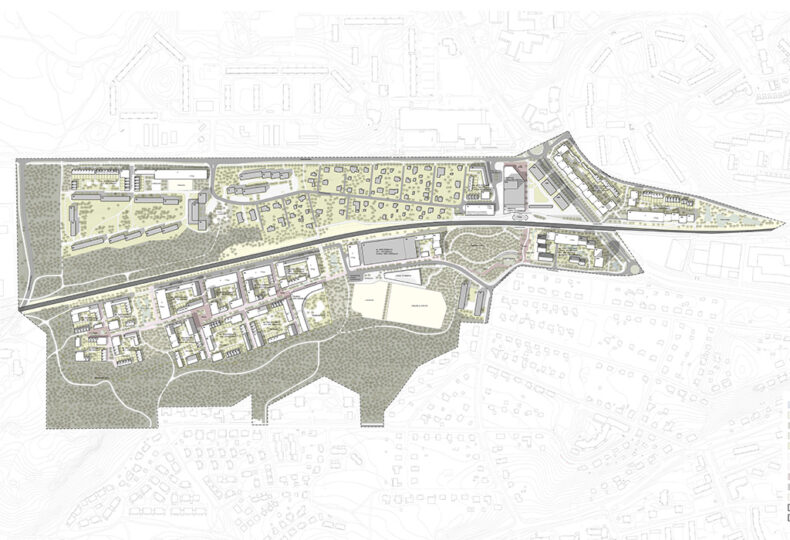
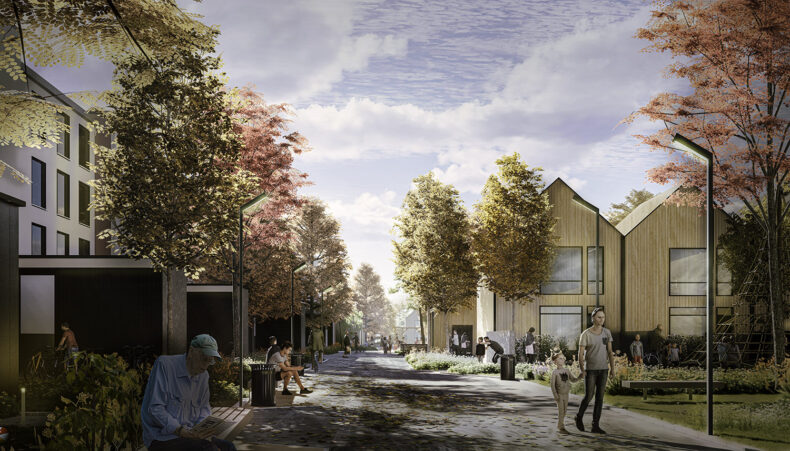

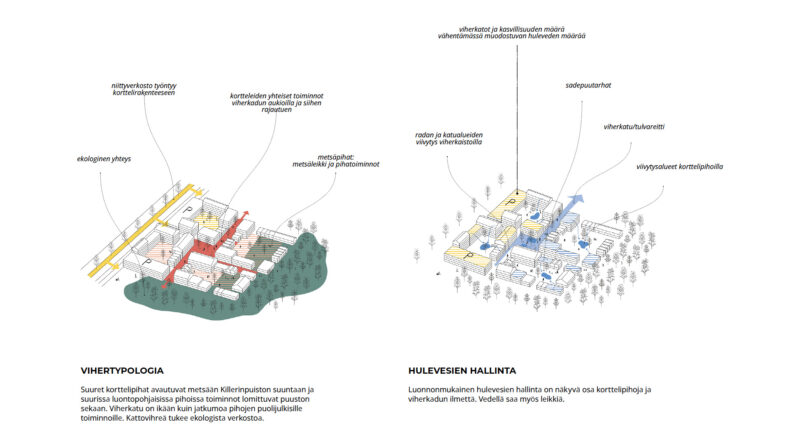
The starting point for planning the green network is to implement a local green network that works for the area. The goal is to have a green area of at least 1.5 hectares within a maximum distance of 200 meters from each apartment. In addition, the goal is that the canopy coverage of the entire design area is at least 30 percent. With the help of these design principles, positive effects are achieved both on the microclimate, air quality and people’s well-being.
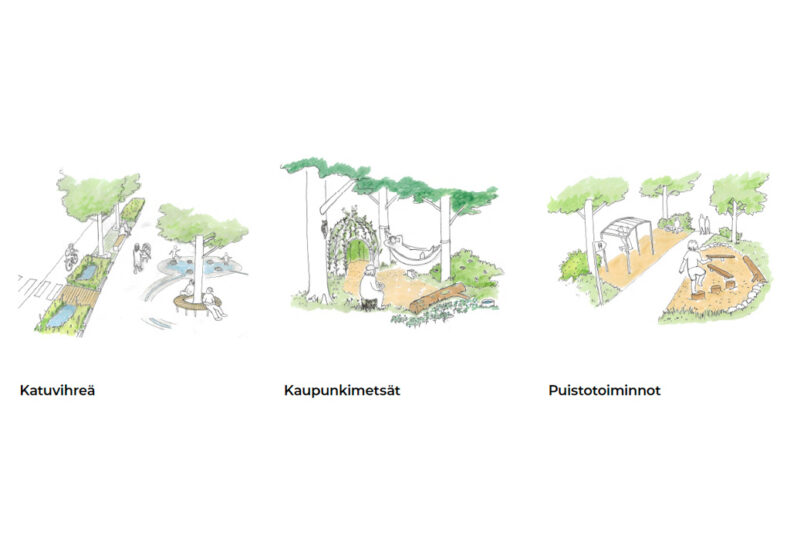
The urban zone formed around the local train stop connects the local train stop and the new residential area of Teerivuorenkatu. The green street, which functions as a pedestrian street, and the related functional open spaces enliven the region and strengthen the sense of community by enabling residents to meet. On green streets and squares, stormwater is treated with rain gardens, which bring more green to the street space as well.
